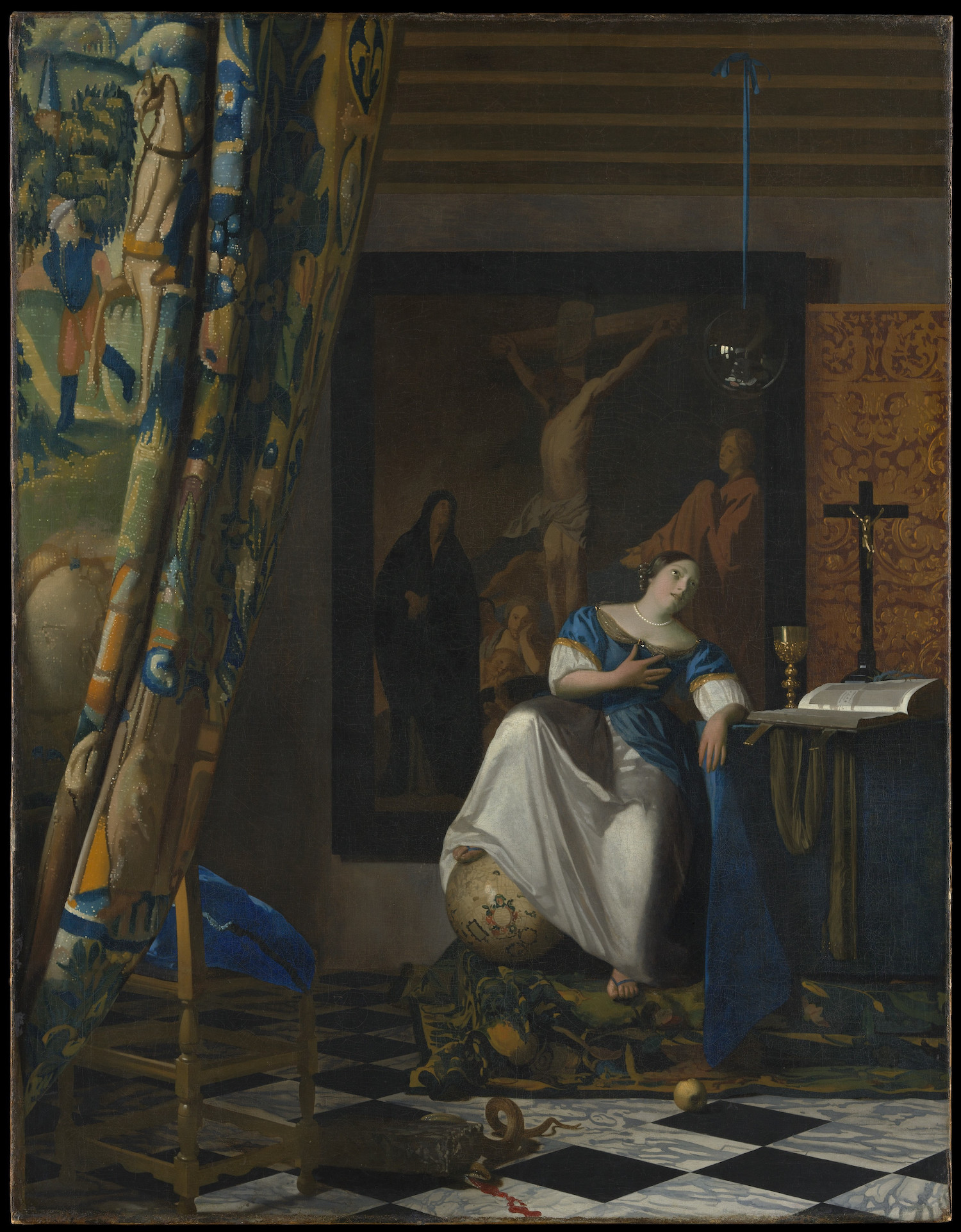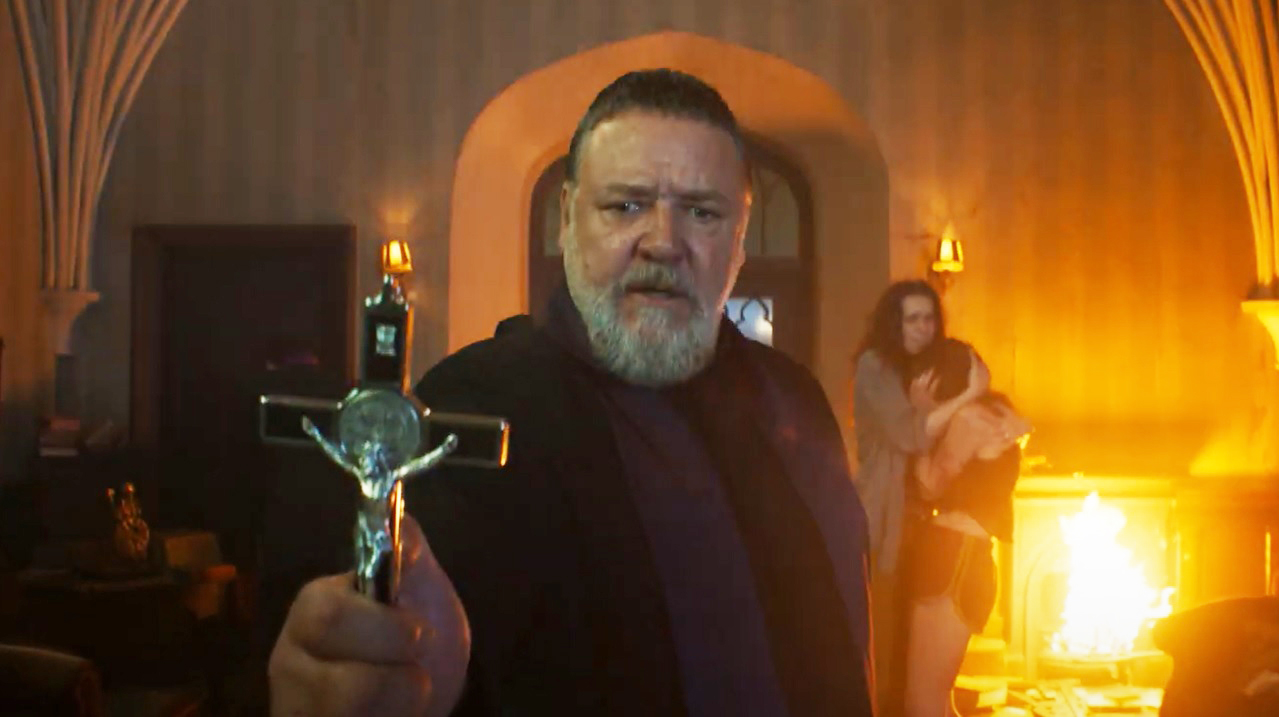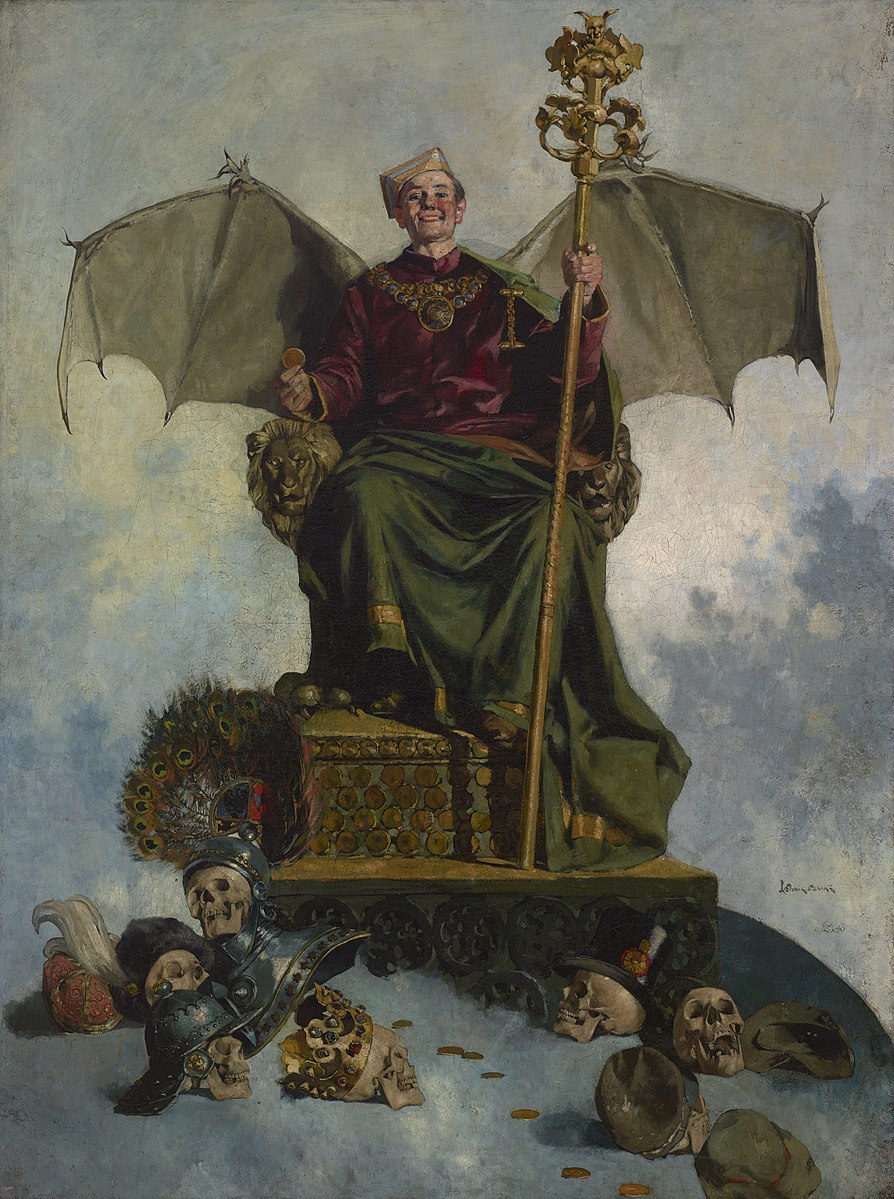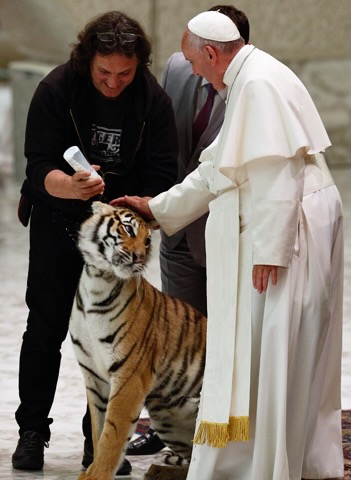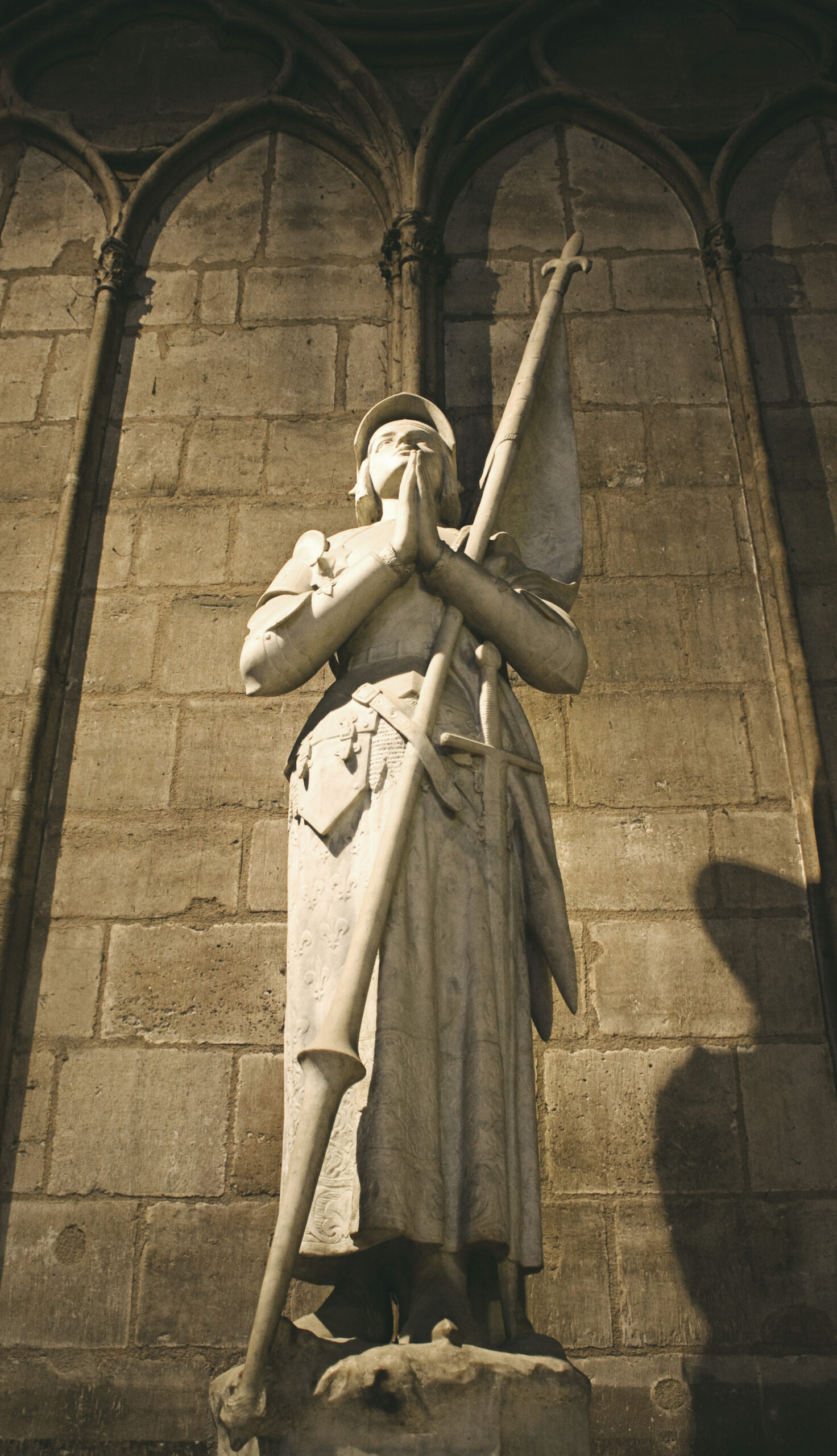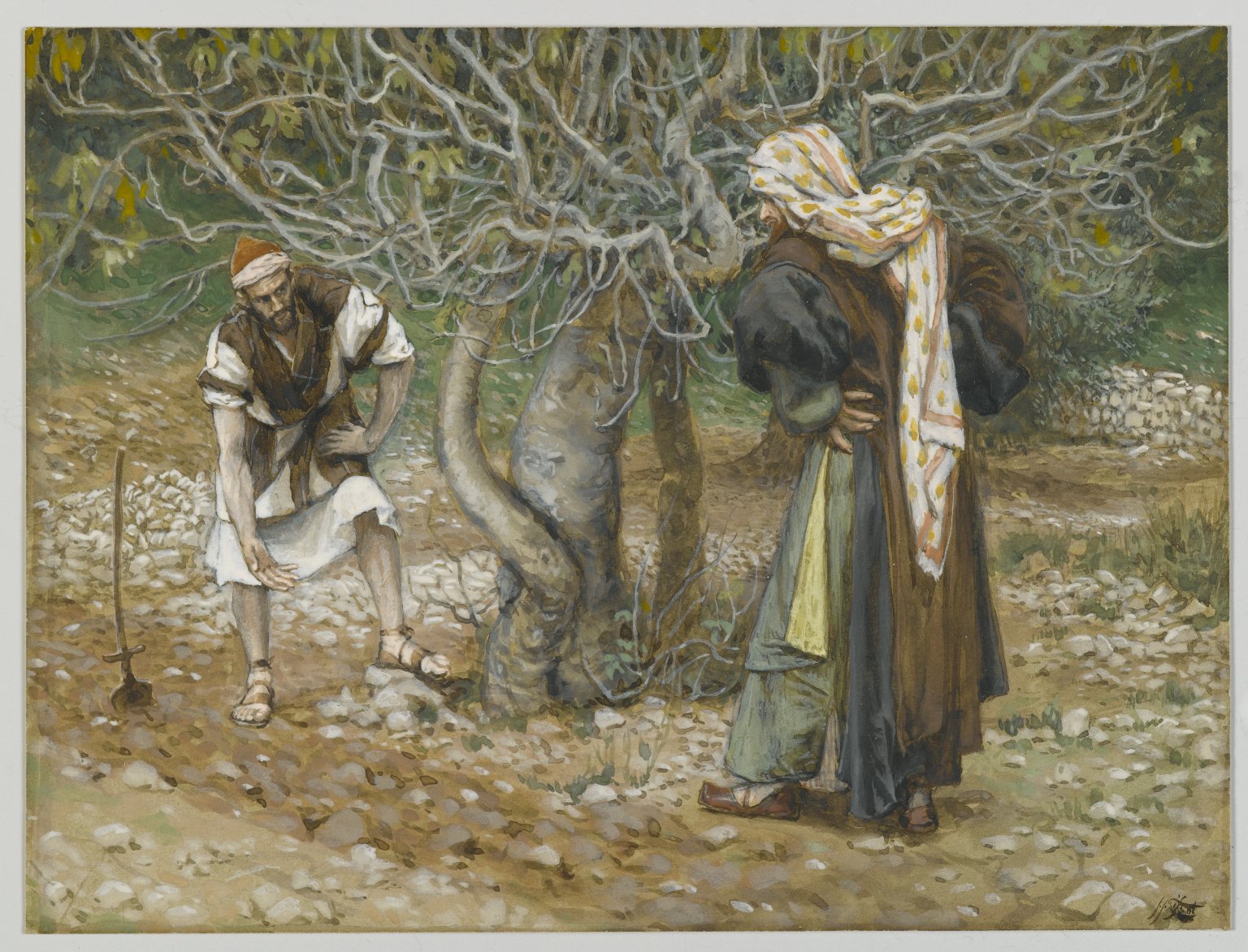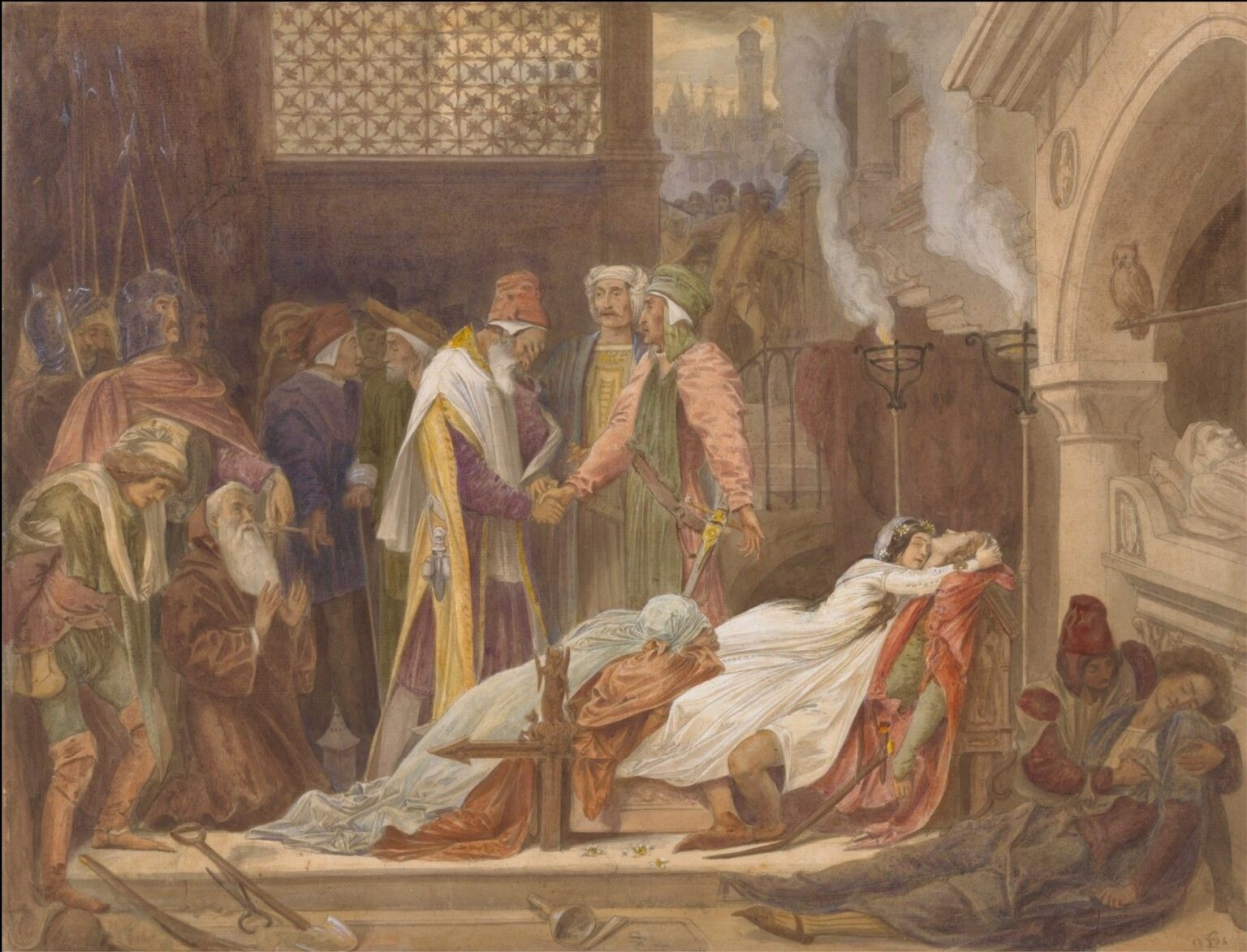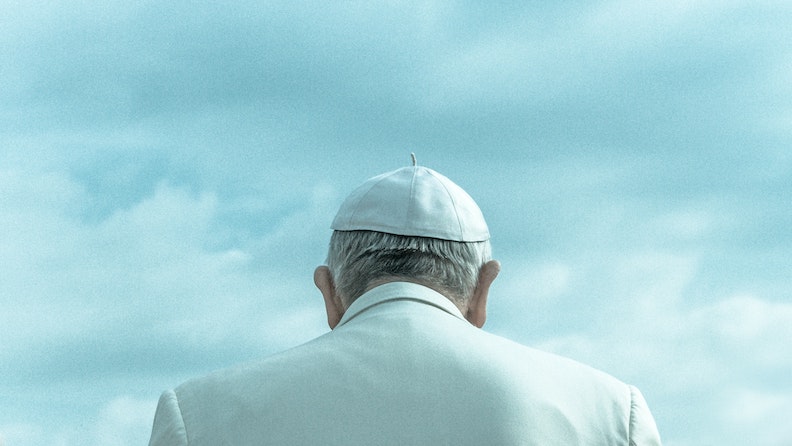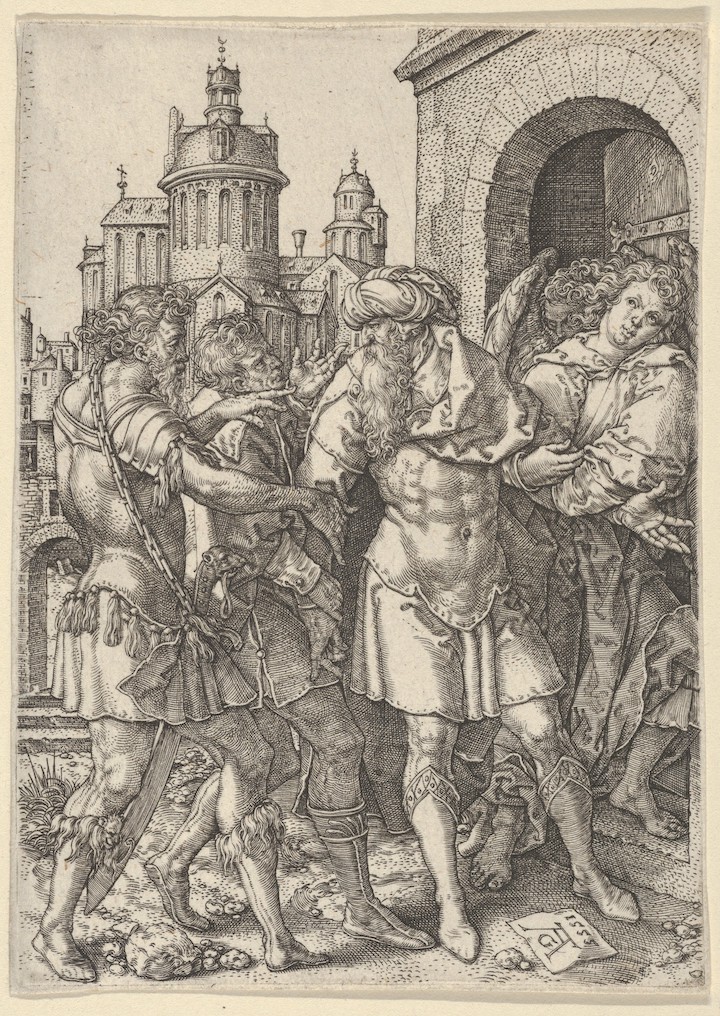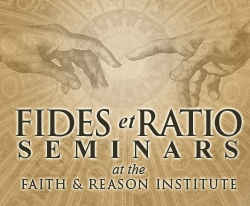Living through an Apocalypse
Written by Robert Royal
Monday, May 8, 2023
When the history of our times comes to be written, scholars won’t be able to ignore how much recent years have been marked by widespread feelings of apocalypse. That’s, of course, assuming that there are any historians who survive. Because from threats of nuclear war to climate change, from AI (artificial intelligence) to the digital technologies damaging our very bodies and brains, from the virtual erasure of the sex “binary” (i.e., women and men) to a media hell-bent on encouraging social division, it at least feels like the radical end – of something. Maybe everything. And not just for eccentric sects gathering on hilltops, waiting for the end. There’s a sense that the next year-and-a-half or so will be decisive both in American electoral politics (and society), and in the way the Synod on Synodality will affect the self-understanding of the One, Holy, Roman, Catholic, and Apostolic Church.
So, what do you do in apocalyptic times – real or imagined? There’s the way of the world, and the way of wisdom.
The way of the world is hysteria – and, in fact, a strange liking for the constant agitation of the news and social media. If nothing else, it masks existential boredom, the kind of boredom that many people in developed societies feel on a daily basis when basic needs and even luxuries are readily available in relatively calm and peaceful settings. This achievement – the dream of ages – has come at the cost of regarding virtually the entire created universe as mere energy and matter to be exploited and manipulated for human benefit. Under the circumstances, for many people, it’s better – and easier – to let loose moral outrage in fights over climate change or racial “privilege” or recently invented “genders,” than to face the fundamental problem: the bleakness of modern materialism.
The way of wisdom, by contrast, is what it’s always been: a realistic acceptance that we all die, that an end will come, someday, even to the earth, the sun, the very created universe.

